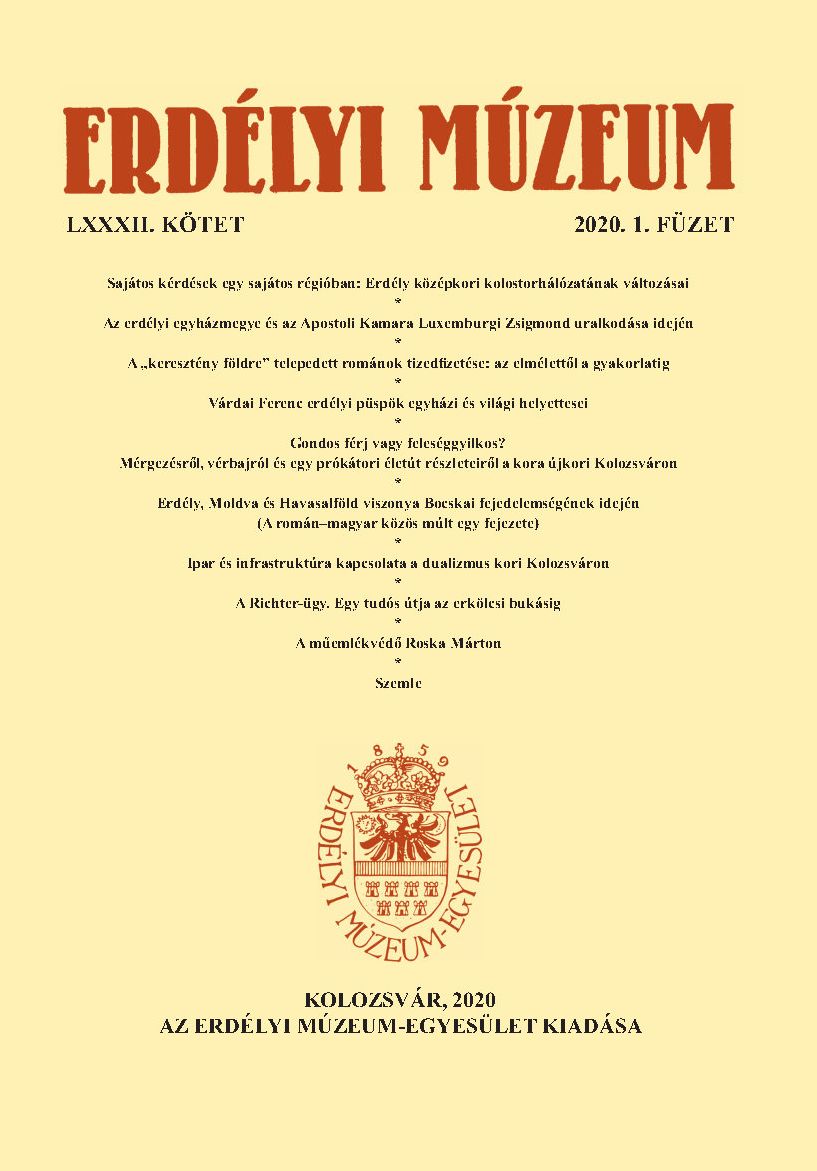Erdély, Moldva és Havasalföld viszonya Bocskai fejedelemségének idején
The Relationship of Transylvania, Moldavia and Wallachia during István Bocskai’s Principality
An Episode of the Romanian-Hungarian Common Past
Author(s): Andor LászlóSubject(s): Diplomatic history, Political history, 17th Century
Published by: Erdélyi Múzeum-Egyesület
Keywords: István Bocskai; Transylvania; Age of Principality; Transylvanian Saxons; Wallachia; Moldavia; Radu Şerban; Ieremia Movilă; political relations; Fifteen Year’s War
Summary/Abstract: During the 16th century, close connections came to existence among the three countries between the Habsburg and the Ottoman Empire. At the beginning of the Fifteen Year’s War, these bonds became even stronger when Sigismund Báthory, the Prince of Transylvania, joined the Christian forces, and made an attempt to strengthen cooperation of the states lying in the sphere of influence of the Ottoman Empire. The appearance of Báthory’s uncle, István Bocskai, turned the prolonged and more and more hopeless war in the autumn of 1604. He realized that momentarily the restoration of the medieval Hungarian Kingdom was impossible, the Habsburg king was unable to maintain his rule over Transylvania, therefore the principality could assure its peace only by the acceptance of the supremacy of the Porte. The Moldavian support enabled Bocskai to get the support of the Szeklers and later of the Saxons, moreover of the Wallachian prince Radu Şerban who previously had taken part in the war on the side of emperor Rudolf and had started campaigns against Mózes Székely and István Bocskai. During the time of frequent negotiations, the Saxons, especially the town of Brassó (Corona, Braşov) played a key role. The mutual dependency, good neighbourhood and maintenance of friendly relations of the three states became obvious again.
Journal: Erdélyi Múzeum
- Issue Year: LXXXII/2020
- Issue No: 1
- Page Range: 83-98
- Page Count: 16
- Language: Hungarian

